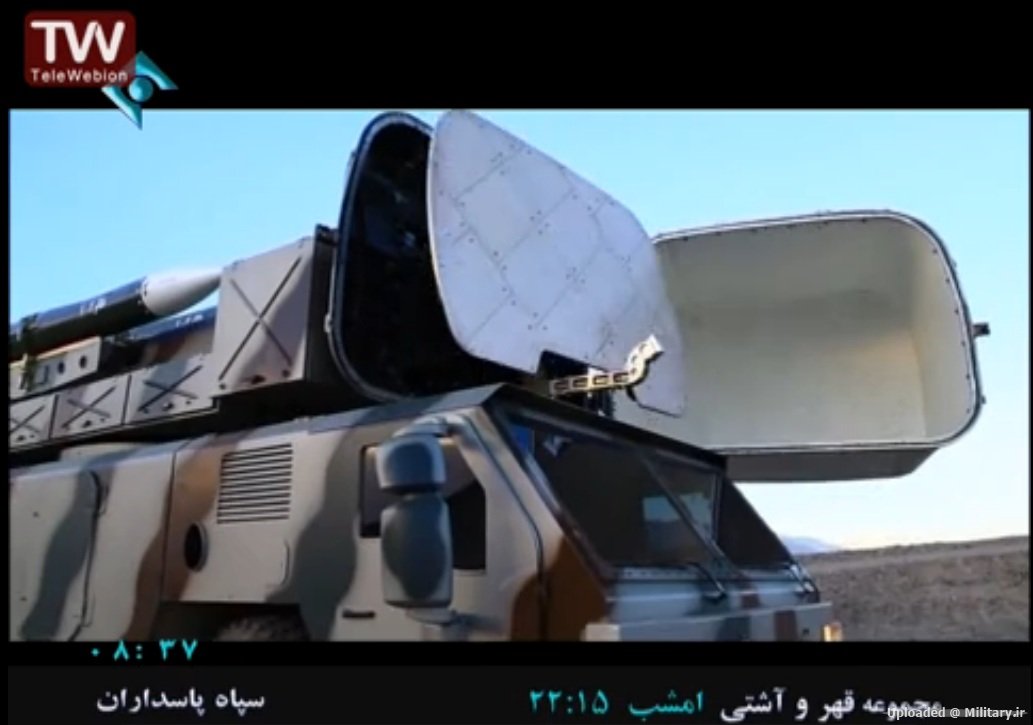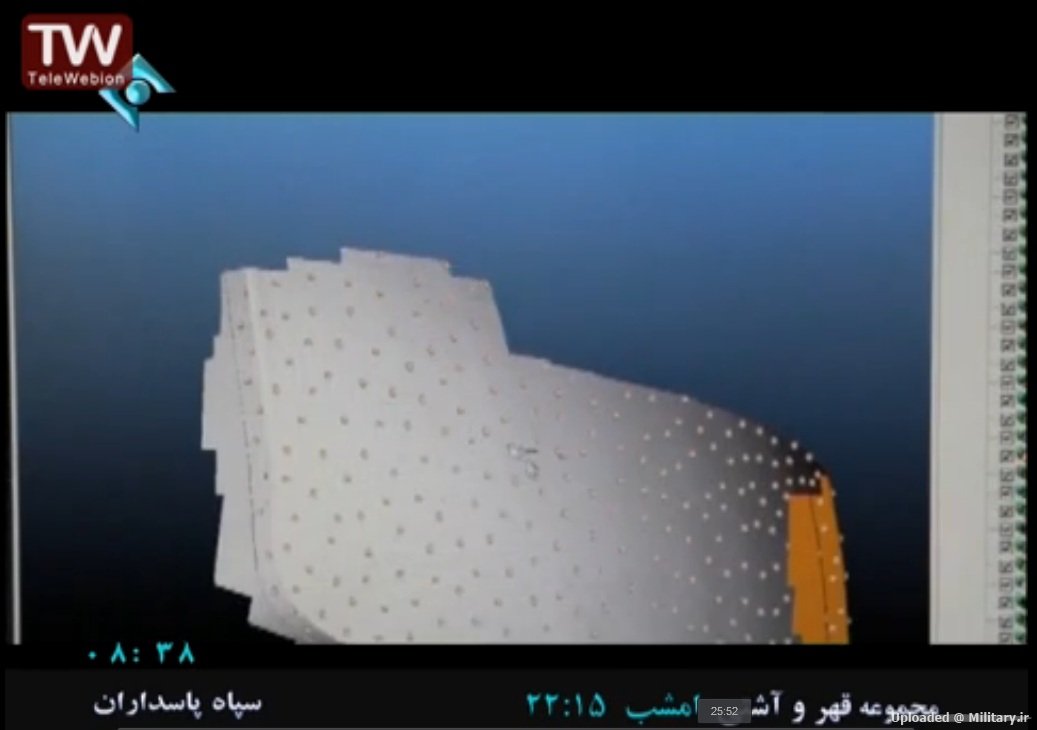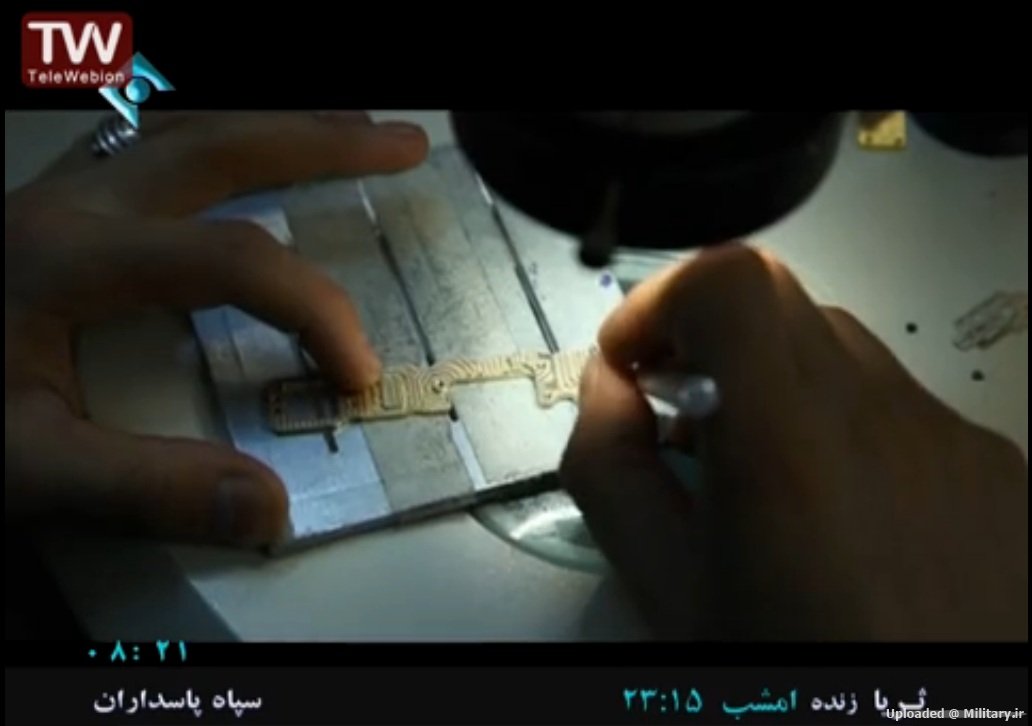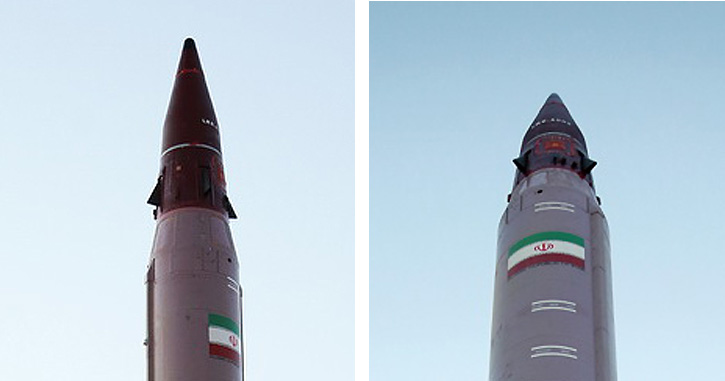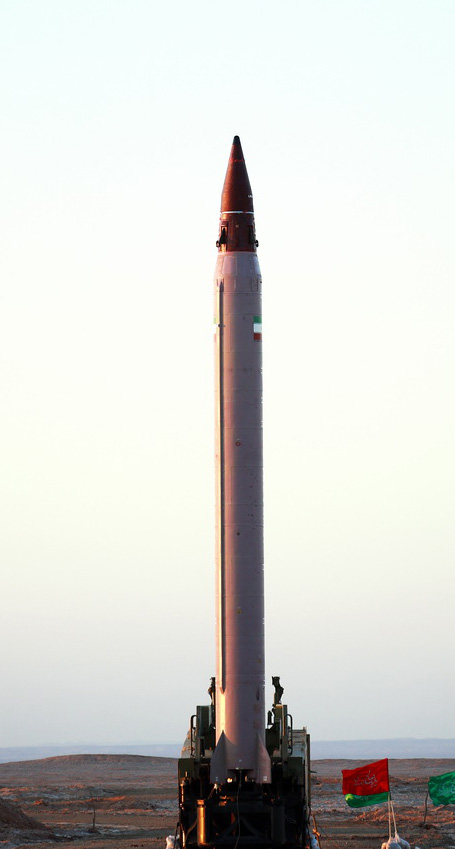Emad: Iran’s New Ballistic Missile Amid The Nuclear Deal
Iran recently test-fired the ‘Emad’, a precision-guided medium-range surface-to-surface ballistic missile. The missile has a range of 1700 kms and a payload capacity of 750kgs. Any missile above a 500 kg payload is considered nuclear capable. Emad is liquid-fuelled but withimproved accuracy and maneuverable re-entry vehicles for evading enemy defence systems. This improved accuracy is extremely important if Iran is to deliver a conventional payload. The missile is also reported to carry thrusters for course correction. Reports suggest that this missile is an improved version of the liquid-fuelled Shahab missiles.
The maneuverability is achieved by steering warheads that can perform last minute maneuvering even at the terminal phase. According to Iranian Defence Minister Hossein Dehghan, Emad is Iran’s first ever missile that can be guided and controlled until the missile hits the target. The missile’s survivability is enhanced by road mobility with the help of the Transporter Erector Launcher (TELs).
There have been reports that the Iranian Parliament has approved the nuclear deal with the US and that the deal has also been approved of by the Guardian Council of the Constitution. Ever since the deal was finalised in July 2015, Iranian hardliners have been apprehensive of the conventional arms embargo imposed on Iran – which also includes an embargo on the development of ballistic missiles.
One of the probable reasons why the missile was test-fired just prior to the approval of the nuclear deal was probably to prove a point that under no circumstance can the nuclear deal hinder Iran’s progress with its ballistic missile program. This is also clearly evident from Dehghan’s statement where he said, “We don’t ask anyone’s permission to enhance our defence power or missile capability and will firmly pursue our defence plans, particularly in the field of missile…Emad is one of the outstanding examples of this.”
Despite UNSC sanctions on the country since 2003, Iran has already progressed with its ballistic missile development program and its cruise missile development program. Earlier this year, Iran test-fired the Soumar, a sophisticated long-range cruise missile, while the nuclear negotiation process was ongoing. Both missiles are expected to enter service by 2016.
Furthermore, this year, Iran unveiled the extended range Fateh missiles that now have a range of 500kms. However, while Iran’s missile capabilities could put several of its adversaries at threat, Iran claims that its missile development is meant for its defence and is not aimed at any specific country. According to Dehghan, the missile would only add to peace and strategic stability in the region and also enables the country to display its technological prowess. Iran is also concentrating on solid-propelled ballistic missiles with a 2500km range, called the Sejjil missiles. Last year, Iran had also test-fired the Barani ballistic missiles which are capable of being fitted with Multiple Re-entry Vehicles.
Therefore, Iran is not only making progress with its missile systems but these missiles could be capable of evading enemy missile defence system. The ability of the missile to evade the ballistic missile defence systems of its adversaries could put the US’ European Phased Adaptive Approach (EPAA) system at threat. The US under the EPAA has decided to field its missile defence system and related components in NATO countries to be able to counter the Iranian ballistic missile threat.
While the new Iranian ballistic missile is a liquid fuel propelled missile – which is technically hazardous to prepare – many other states such as Russia and China have also concentrated on liquid-fuelled intercontinental ballistic missiles (ICBM).
This could be because in comparison to the solid-fuelled missiles, the liquid-fuelled missiles have a higher launch-weight to throw-weight ratio, which provides the missile with a longer range. This could precisely be a reason why Iran could, in future, concentrate on liquid-fuelled missiles for its ICBMs, should it develop the same.
However, this week’s missile test by Iran will certainly draw international criticism from Israel and also from the US. While many analysts could suggest including the issue of ballistic missiles into the nuclear deal, it is only advantageous to not to include the same in the deal. The nuclear deal does not contain any restrictions for Iran on the development of ballistic missiles per se. It is only the UNSC that imposes an embargo on Iran’s conventional weaponry development. Therefore, such missile tests should not hinder the progress of the nuclear deal that has been much lauded by the international community and truly upholds the essence of the Non-Proliferation Treaty. If Iran’s ballistic missile development program is to be checked, there should be separate regional framework to ban missile development in the West Asian region.







